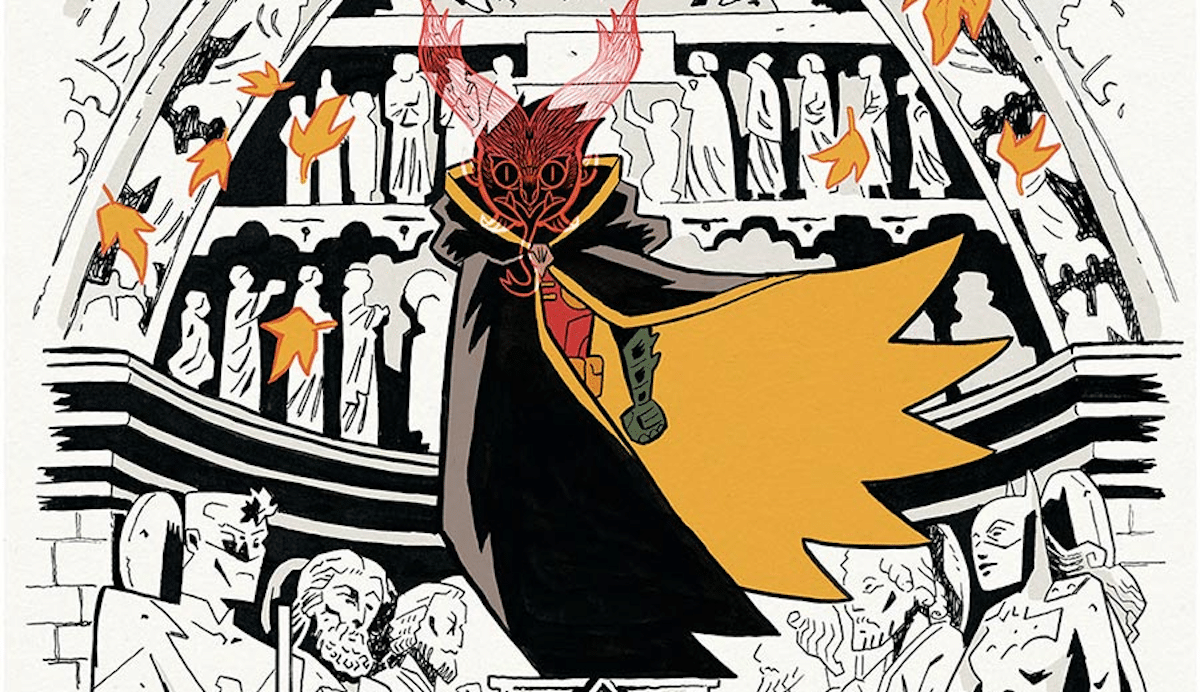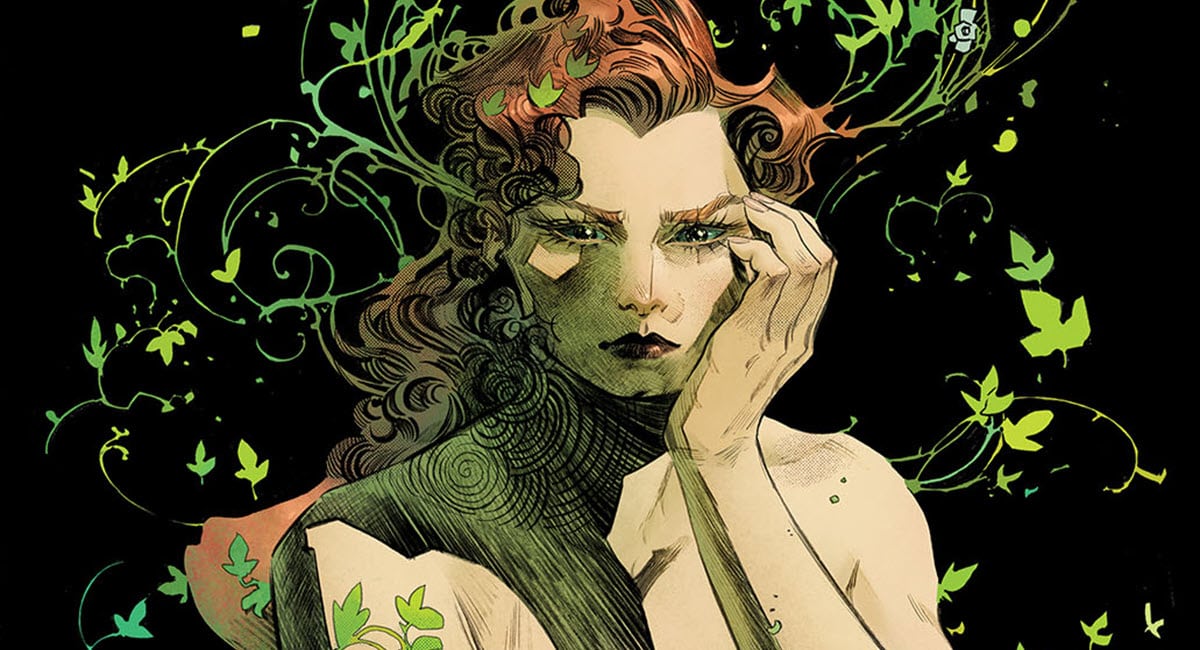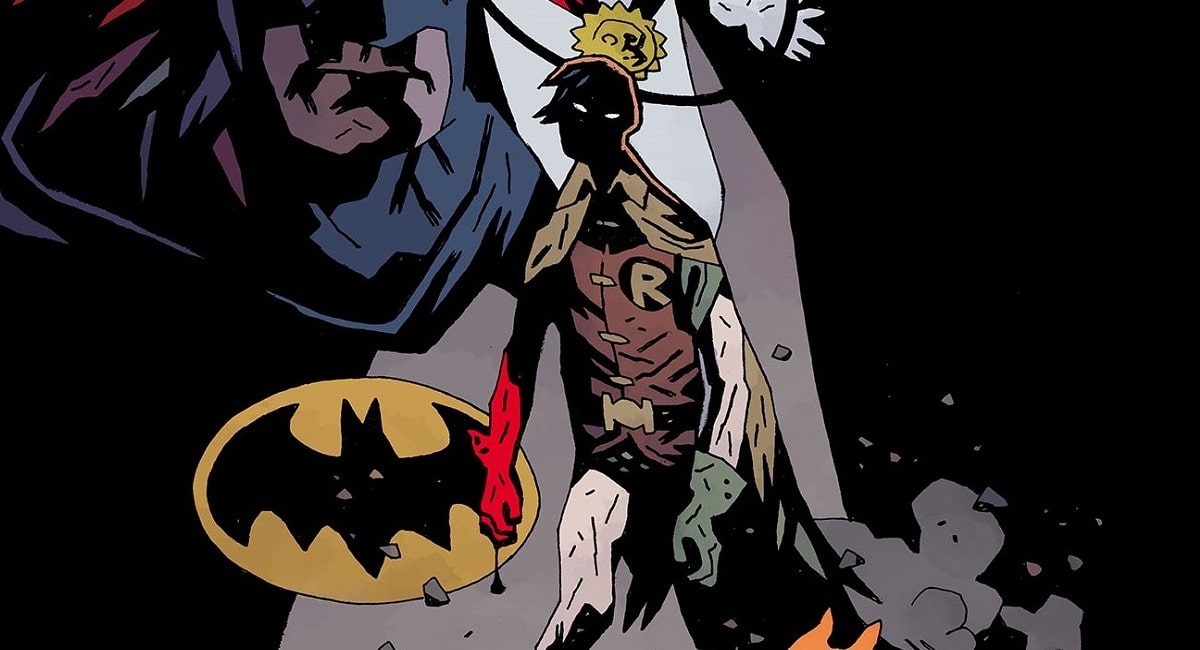THIS WEEK: Served with a twist! First up, the Dark Multiverse’s version of Infinite Crisis includes a pissed off (and not dead) Blue Beetle who’s already one step ahead of the game. And then, Batman in Boston!
Note: the reviews below contain spoilers. If you want a quick, spoiler-free buy/pass recommendation on the comics in question, check out the bottom of the article for our final verdict.
 Tales from the Dark Multiverse: Infinite Crisis #1
Tales from the Dark Multiverse: Infinite Crisis #1
Writer: James Tynion IV
Pencils: Aaron Lopresti
Inks: Matt Ryan
Colors: Romulo Fajardo, Jr.
Letters: Rob Leigh
These Dark Multiverse one-shots have been delightful. Categorized somewhere between fanfic and celebration, each issue has introduced a pivotal plot twist on one of the most iconic moments of the DC universe’s history to see how differently it could have turned out. It’s a blatant play for nostalgia, and it’s totally working. In this particular dark corner of the multiverse, we are invited to witness an Earth where Ted Kord wasn’t murdered as he attempted to stop the Infinite Crisis before it began. Could the Blue Beetle have saved the world from Alexander Luthor and the OMACs? Would he?
Since we’re looking back at 2005’s Infinite Crisis (and the legendary one-dollar DC Countdown special that announced it), this is a good moment to appreciate what an exciting time that was for a DC Comics fan. The death of Ted Kord was a wake-up call to fans who were caught dozing. We didn’t even know that there was a Crisis looming or that Superboy Prime was still alive somewhere and punching holes through Donna Troy’s origin story. Before we could catch our breath the Spectre was rampaging against magic, there were two Lex Luthors running around, and the Trinity were negotiating a painful breakup. There was a lot going on.
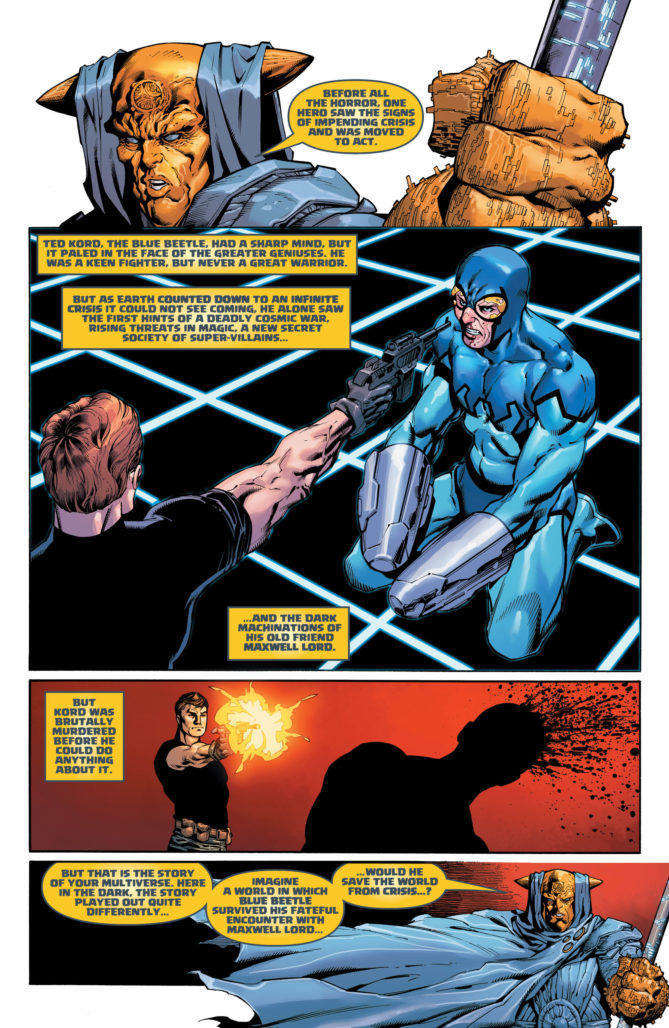
One of the centerpieces of this story is the Blue & Gold buddy cop dynamic, one of the best friendships in comics. Now that Ted has survived his encounter with Max, he and Michael are still squabbling over the legacy they left during their time in the Justice League. Booster feels anger at how their team’s accomplishments often get overlooked, Beetle wonders if they went far enough to prevent disaster. Unable to see eye to eye, the two agree upon the general goal but not the best methods to get there. Infinite Crisis was about large scale wars and interdimensional threats, but most of its emotional resonance was tied to the connections between characters and the strain that was being placed upon those relationships. All of that storytelling goodness is alive and well here.
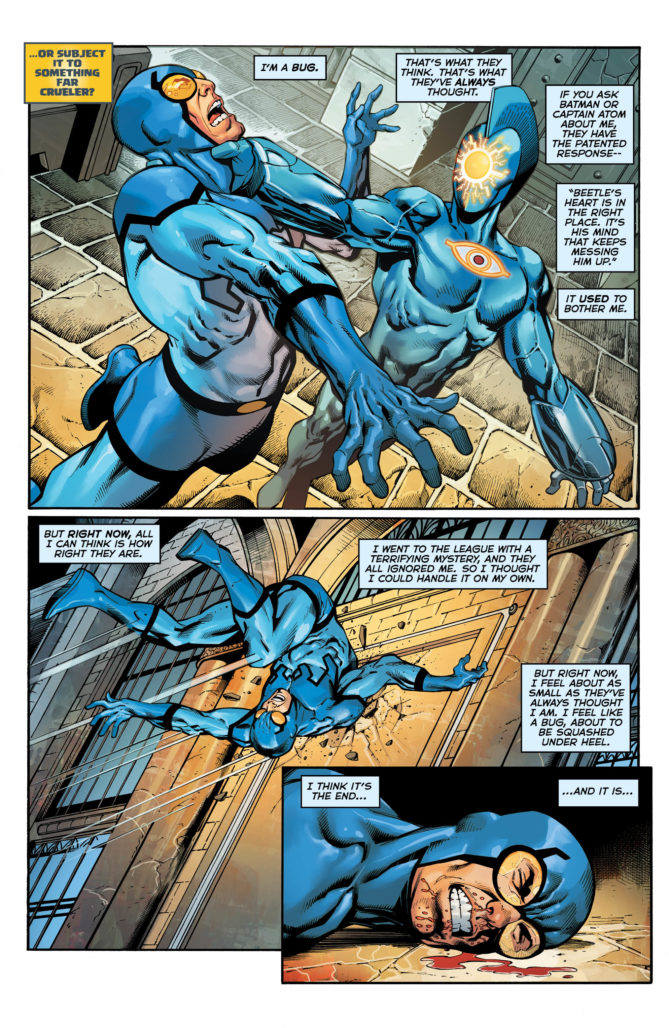
Verdict: Buy
 Batman: Creature of the Night #4
Batman: Creature of the Night #4
Writer: Kurt Busiek
Artist, Colors, & Cover: John Paul Leon
Letters: Todd Klein
Just the right twist can breathe new life into a familiar story. Consider the changes to Batman’s origin story in this Elseworlds tale. (Do we still have Elseworlds? Or is it all Hypertime and Worlogogs now?) The setting is similar to the Earth Prime-like world in Kurt Busiek’s earlier work, Superman: Secret Identity, where the main character grows up reading the fictional exploits of the DC superheroes in comic books. It’s basically a story set in our own reality, with most of the action taking place in Boston as we know it.
In Creature of the Night, a young Bruce Wainwright is drawn to Batman comics, mostly because of the similarity in their names. But that’s far from the only eerie coincidence between the two. In this world (our own, remember) Bruce’s parents are killed in a botched burglary attempt and he is placed under the care of a great-uncle named Alfred. He continues to read Batman comics to help him through the tragedy and the pain of growing up alone. Bruce is as surprised as anyone when a bloodthirsty bat creature appears to stalk the Boston nights to protect Bruce and his interests.
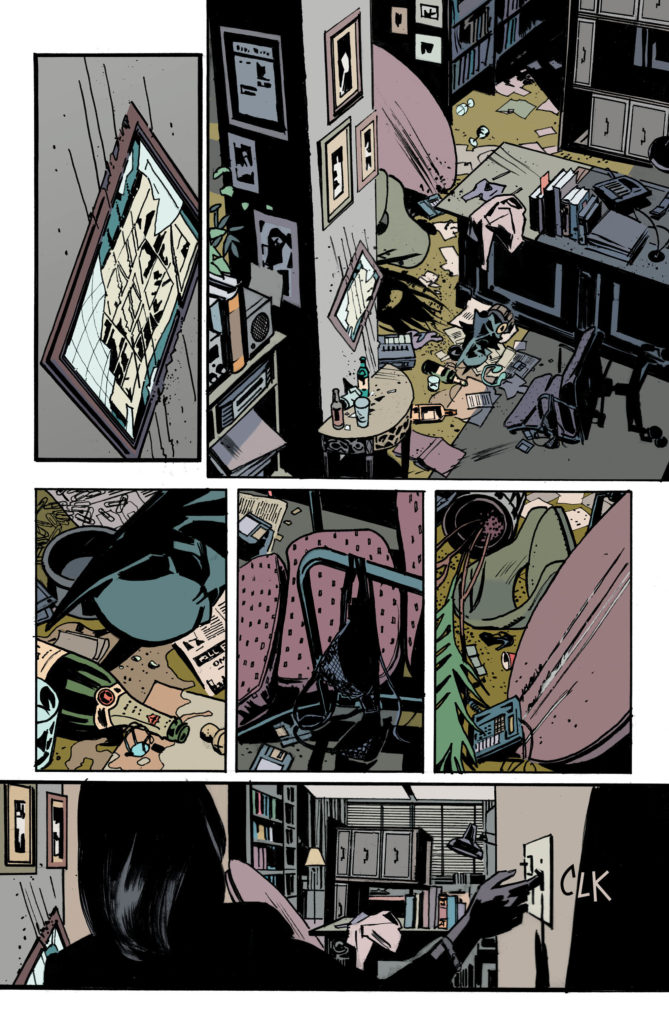
But really, if we’re not going to use the Batman mythos to explore childhood trauma, what are we even doing with it? Am I right?
The art from John Paul Leon is meticulously detailed, which produces the important and potent effect of groundedness. Backgrounds are filled with objects or debris to the exact extent they would be in our real world. While Bruce pores over a genuine-looking police file, with mug shots paperclipped over a standard case form that has been filled out scratchily by pen, piles of boxes are stacked haphazardly on the floor behind his desk. We can see the makeshift handle cutouts in the side of each cardboard box underneath the lopsided lids and almost read the case number written on the side in Sharpie. In an earlier scene the sun glints off the green metal I-93 highway exit sign, above the tiny criss-crosses of the chain link safety fence that lines the road in the distance. It’s clear that this is a work of intentional art, not just the product of some month’s page count quota.
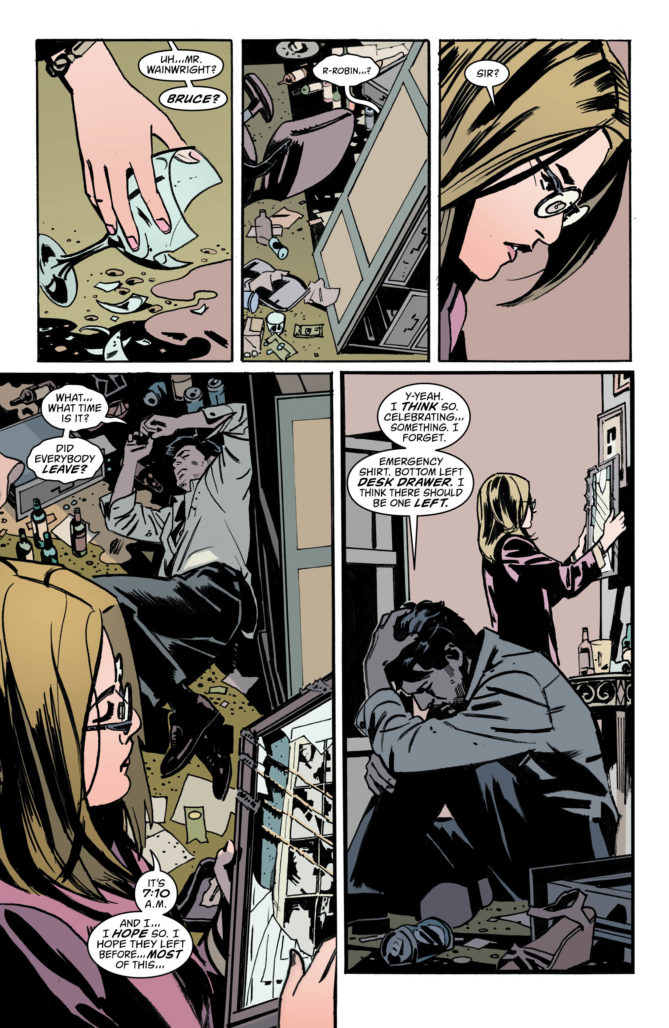
Batman: Creature of the Night is an otherworldly fantasy, cunningly set in a world that is all too real.
Verdict: Buy
 Round-up
Round-up
- I’m pretty sure they just revealed the seventh champion in Shazam! #8 and, uh, did not see that coming. This is turning into such a nice, heartwarming book about the power of family and connection.
- Is it just me, or did this week’s John Constantine: Hellblazer #1 have a completely different vibe than the introductory book (The Sandman Universe Presents: Hellblazer #1) that preceded it?
- James Tynion IV is starting to wind down his run on Justice League Dark, but the action is still ratcheting up. Though we didn’t see the result yet, I feel like Zatanna’s backwards spell to TUP EHT KCALB DNOMAID KCAB EREHW TI SGNOLEB is going to have some unintended consequences. Gotta be careful with the wording of these things, Zee. That’s just magic 101.
- Someone tell me what’s going on in The Terrifics #22. Between the backwards talking and the body swapping and the time jumping and the Bizarro grammar, me am not NOT sure me not know what am going off there.
Miss any of our earlier reviews? Check out our full archive!


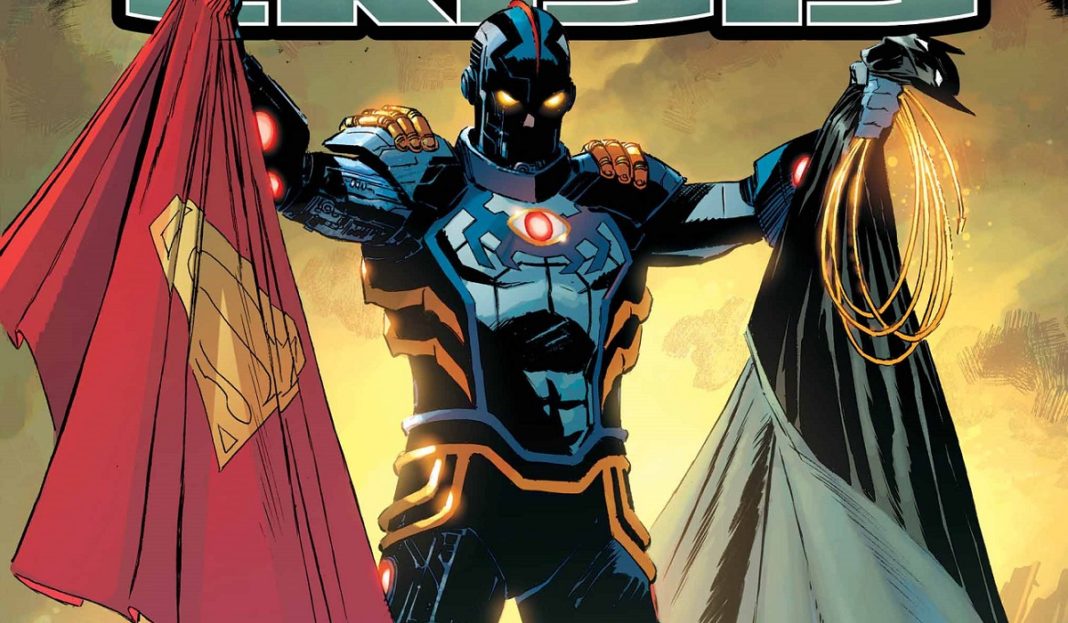
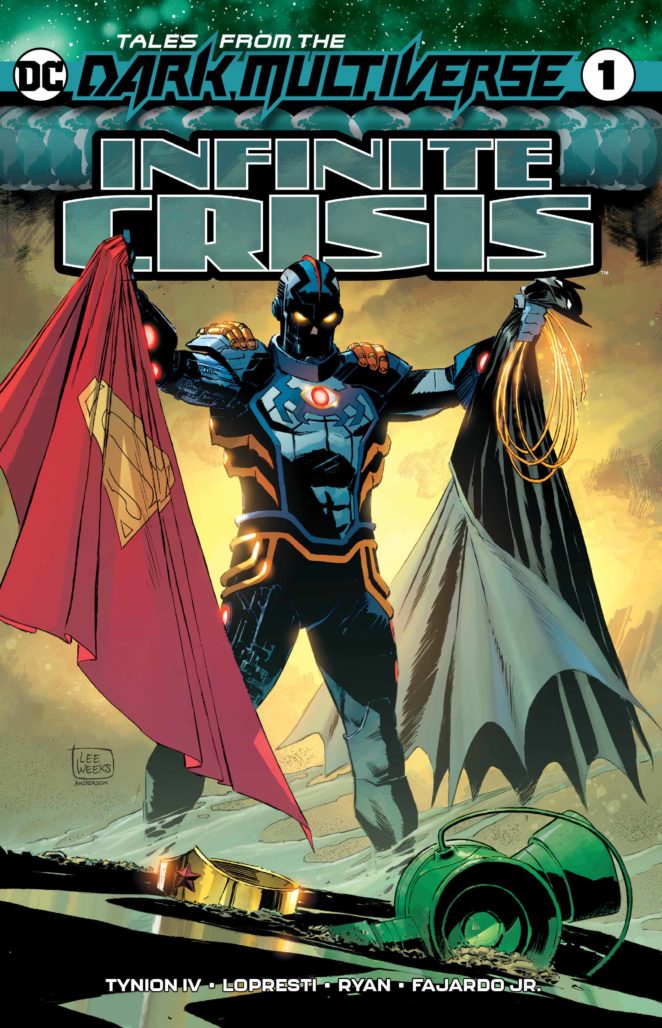 Tales from the Dark Multiverse: Infinite Crisis #1
Tales from the Dark Multiverse: Infinite Crisis #1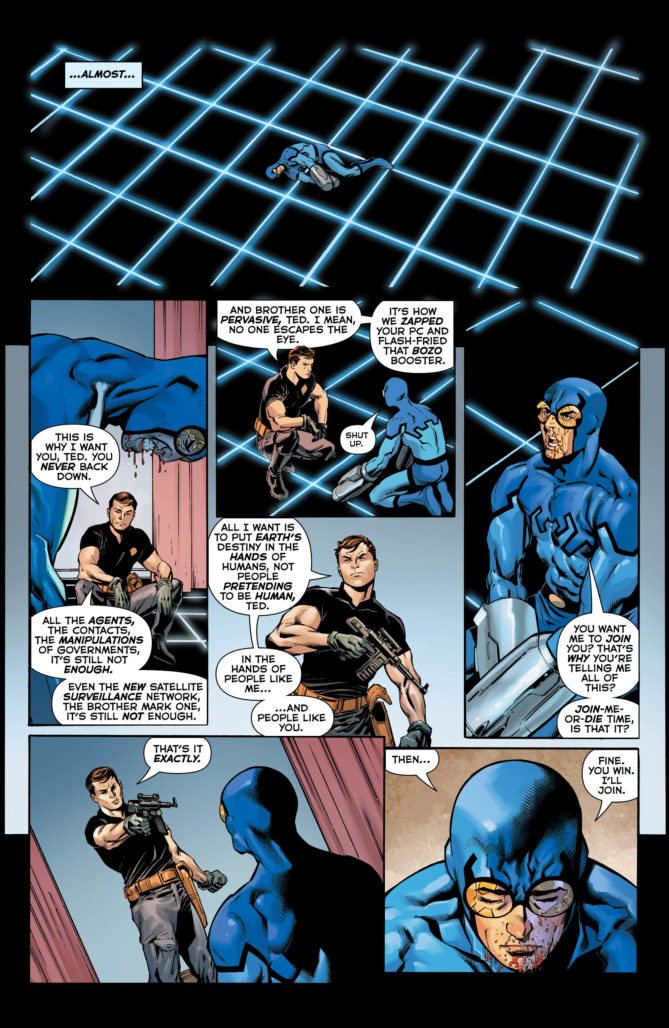
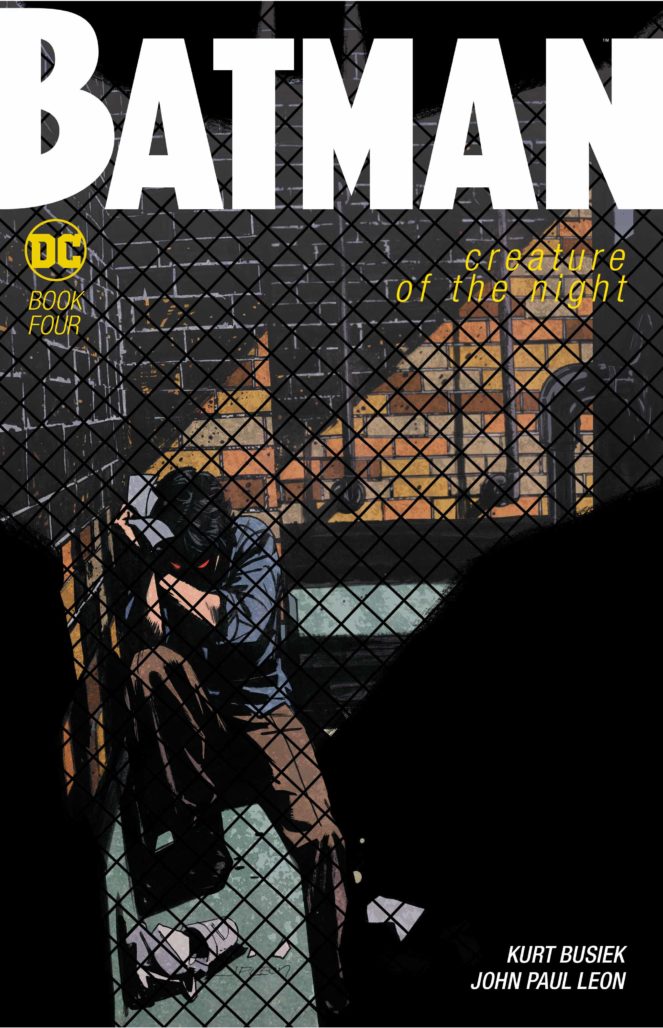 Batman: Creature of the Night #4
Batman: Creature of the Night #4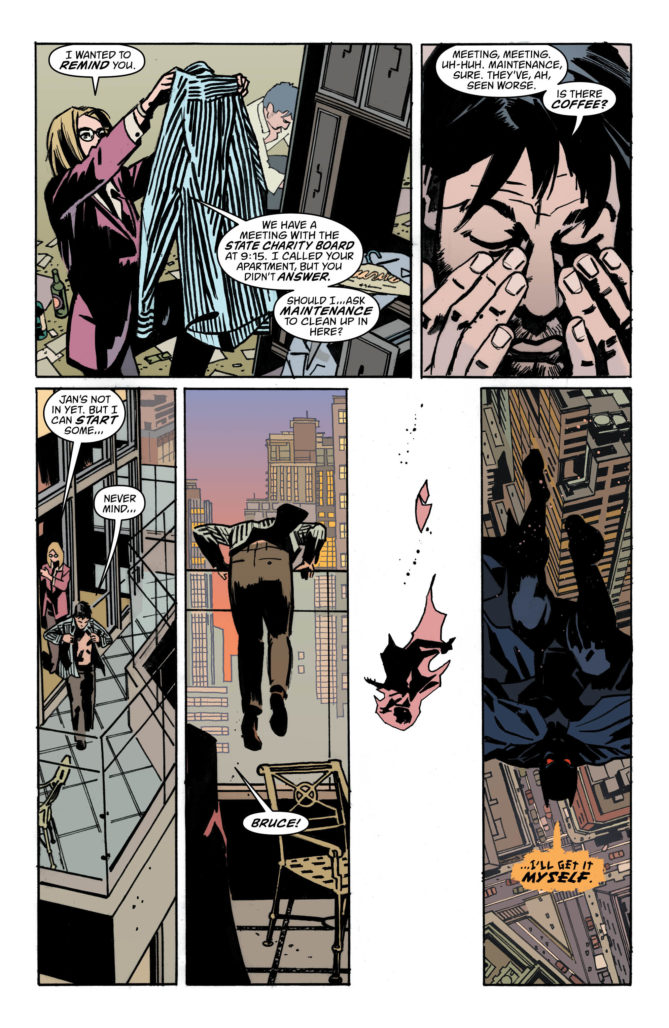
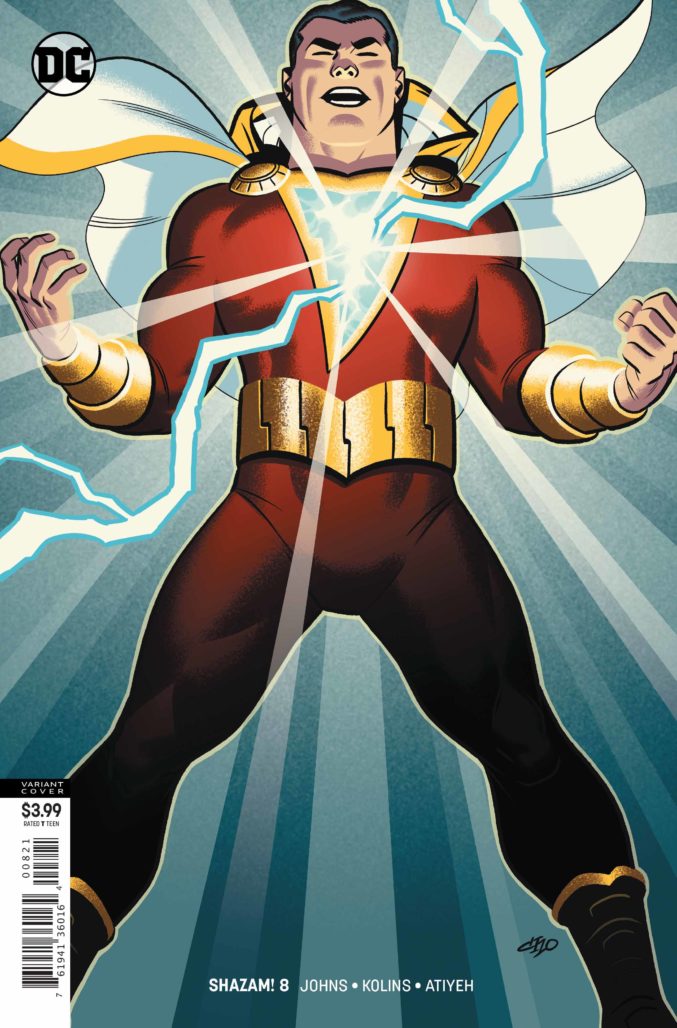 Round-up
Round-up